"Chop your own wood and it will warm you twice." Credited to Henry Ford, the origins of this adage are old world. Added to this tidbit is some sound advice to find the best source for your wood as well. The quality of the firewood you use for your bonfire or fire pit will have a significant impact on your overall experience and enjoyment. Here are some tips on buying the right wood.
Basic Terminology
Wood is typically sold in these quantities:
- Full Cord of wood - wood stacking 4.ft. high, 8 ft. wide and 4.ft. deep.
- Half Cord of wood – wood stacking 4 ft. high, 4 ft. wide and 4.ft. deep.
- Face cord (usually for fireplace): 8 ft. wide, 4 ft. high and 16 inches deep
Avoid Convenience Stores
Besides costing a whole lot more, the quality can tend to be spotty. Seek out a more reliable source.
Seek Aged Wood
Properly seasoned or aged wood is cut, split, stacked and stored for 2 to 3 years in a way that allows it to dry all the way through.
Test Dryness
You should test dry wood rather than take the supplier's word.
- Knock two pieces of the firewood together. If you hear a dull thud, then the wood is still wet.
- Look for cracking and easy splintering.
- The bark is dry and crisp instead of pliable.
Mold-Free
The quickest way to know if wood is green is the presence of mold under the bark or in cracks. Moldy or wet wood also has a very pungent odor.
Seek Hardwood
Oak, maple and birch are preferred over soft woods like aspen and pine. Besides having higher creosote content, which can cause a significant fire hazard in a chimney or stove pipe if not regularly cleaned, soft woods burn up fast, provide little heat and quickly turn to ash. Hardwoods burn cleaner, produce more heat and better embers.
Buy in Summer or Early Fall
"Don't dig your well when you're thirsty," and don't buy your firewood when you are cold. You will pay a premium price for poor quality wood in late fall and winter when supplies are limited. Better selection and competitive prices are found in the summer or early fall.
Avoid Construction Wood
Do not burn any type of construction timber, painted wood, impregnated or treated wood, manufactured board products or pallet wood. They are loaded with harmful chemicals and are apt to produce some rancid smoke and dangerous fumes.
Follow Local Guidelines
Various states and counties have regulations concerning carrying wood from one county or state to another. This is done to avoid spreading tree diseases. Be aware of the wood-cutting and transporting regulations in your area and follow local guidelines.
Transport and Drop-off
Know what is included in the price when discussing transport and drop-off. Ideally, your supplier will quote a price for delivered and stacked wood, but often times the price only includes delivery and you will have to stack it yourself. If you purchase the wood where it lays, you will have to load, transport, unload and stack it yourself.
Getting the best value is the bottom line when it comes to buying the right wood for your bonfire. If you need further guidelines for choosing quality wood contact Walden Backyards. In addition, consider Sure Fire Starters, which will light up a fire right away and you can avoid using lighter fluid.

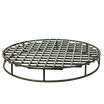
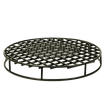
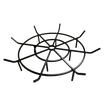
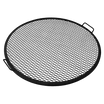

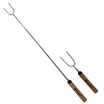
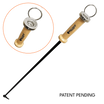
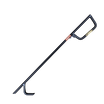
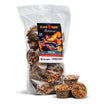
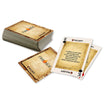
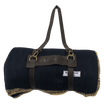
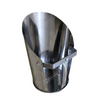
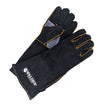
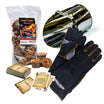
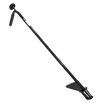
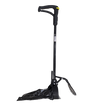
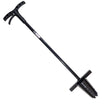
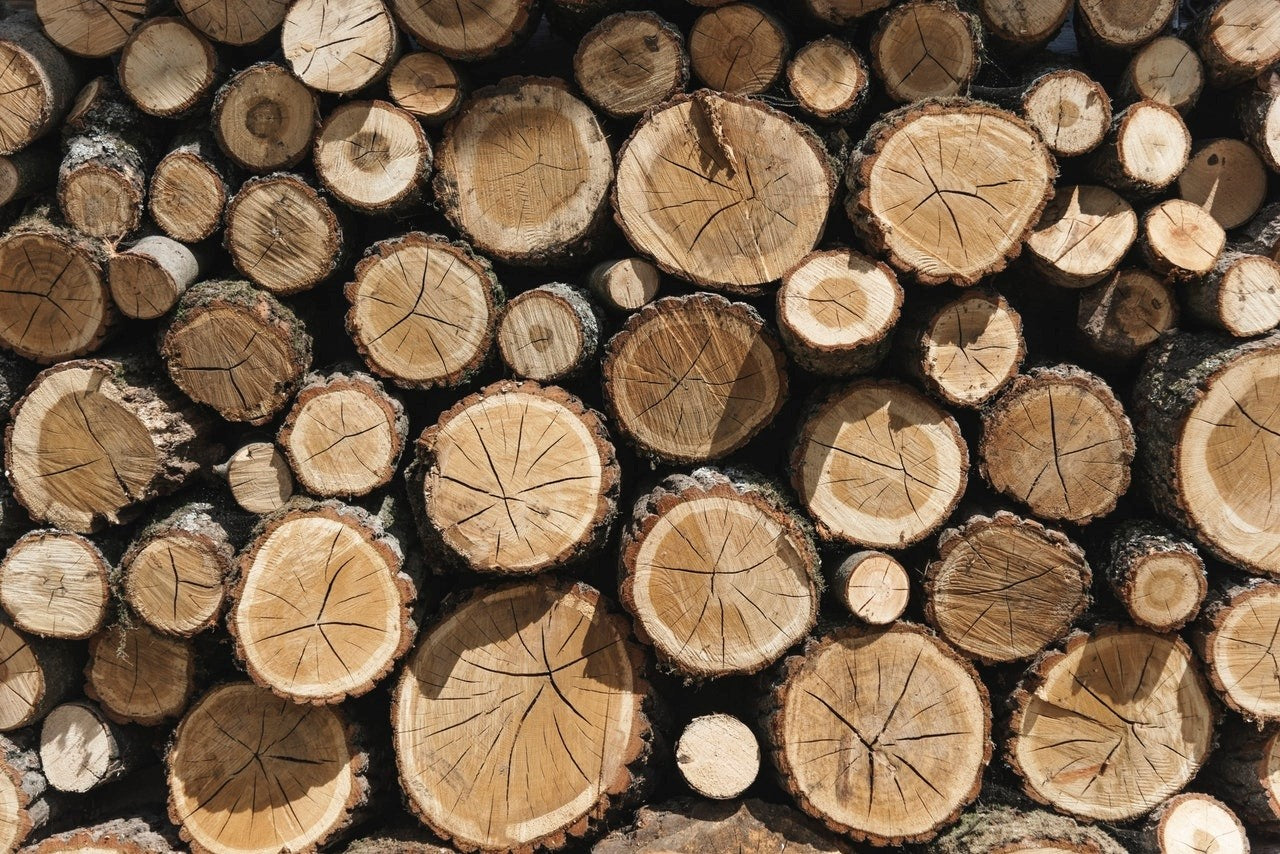
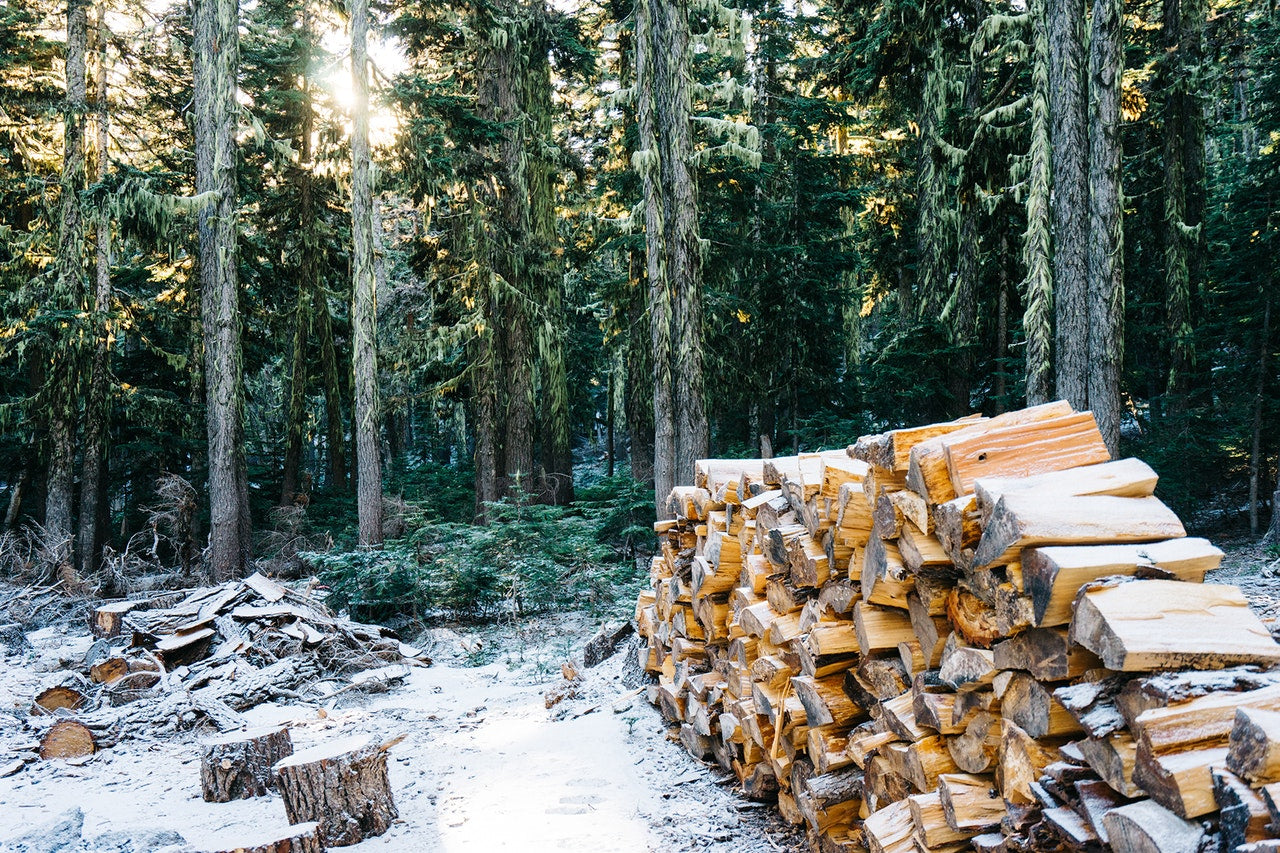
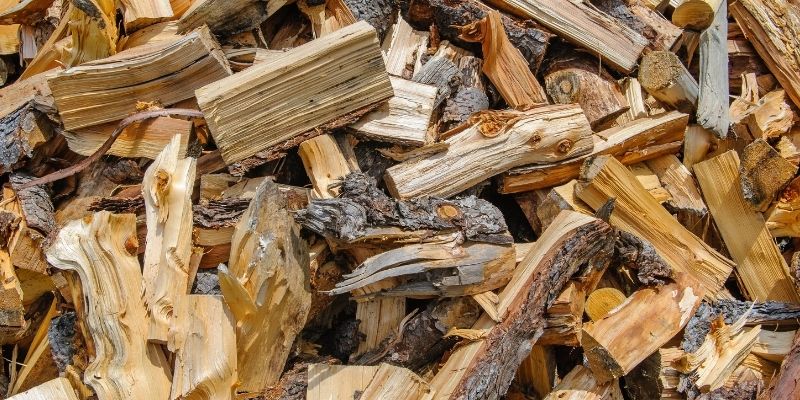
Leave a comment
This site is protected by hCaptcha and the hCaptcha Privacy Policy and Terms of Service apply.